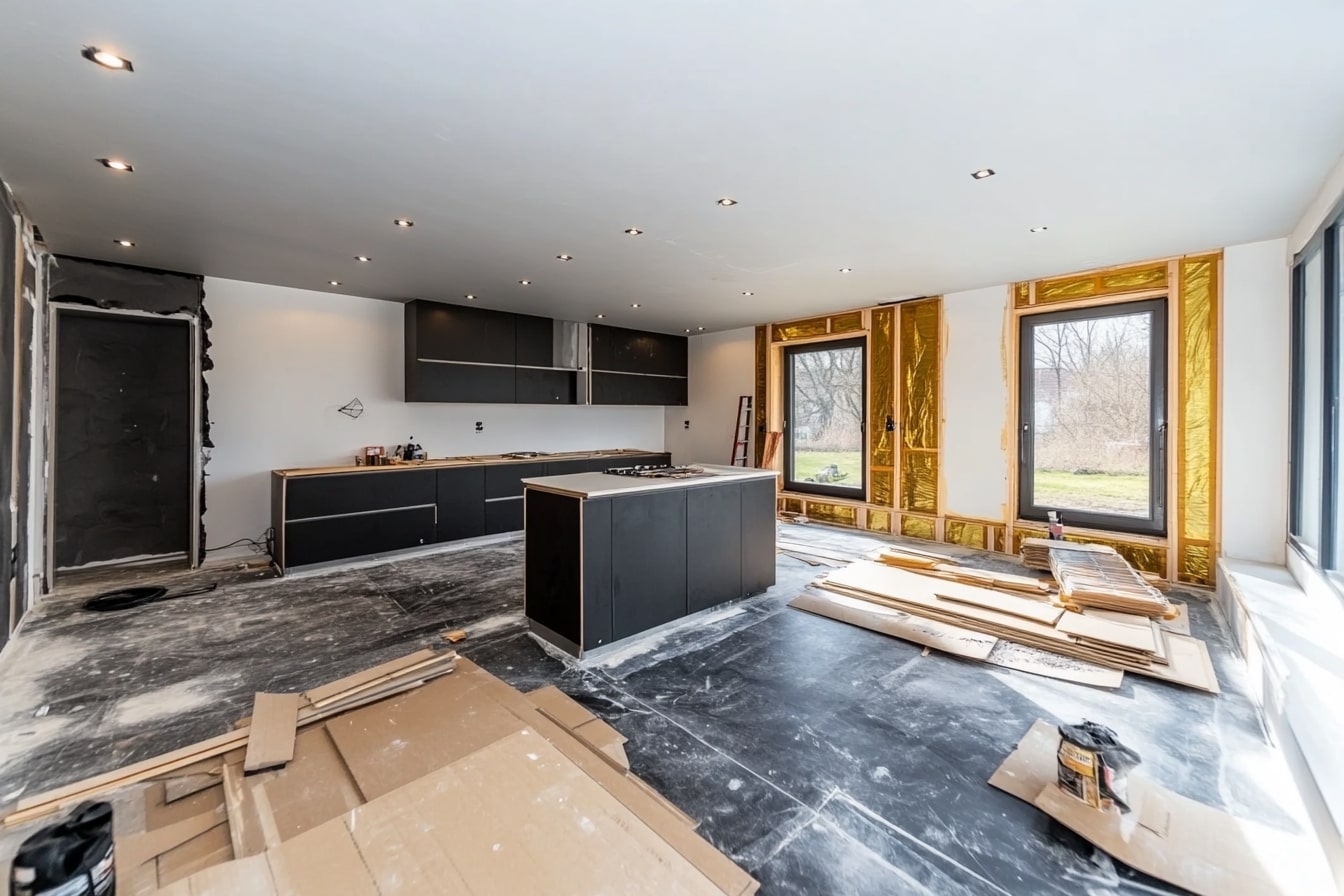Home Renovation Made Simple: A Practical Guide
Thinking about updating your home? This practical guide walks you through planning, hiring the right contractor, budgeting, and choosing high-impact projects. Learn how to create a realistic timeline, prioritize tasks for phased work, and boost resale value with smart remodel choices. Ideal for homeowners planning small updates or major overhauls.

Renovating your home can refresh your living space, improve comfort, and increase property value—but successful projects begin with careful planning. Below are practical steps and expert tips to help you manage timelines, choose trustworthy professionals, select the best rooms to renovate, and get the most return from your investment.
Start by building a realistic project timeline. Consider the full scope of work, seasonal factors that could affect construction, and your own schedule. Small updates may finish in weeks, while larger remodels can take months and sometimes require temporary housing arrangements. Break the project into phases if you need to live in the house during work: prioritize essential areas first, then tackle cosmetic or low-urgency upgrades later. A prioritized task list helps you control costs and stay on schedule when unexpected delays arise.
How to pick the right contractor
Choosing a reliable contractor is one of the most important decisions you’ll make. Begin with recommendations from friends, family, or neighbors who completed similar projects, and cross-check candidates using online reviews and portfolios. Narrow your list to at least three contractors and ask each for a detailed written estimate. A solid quote should itemize materials, labor, and a projected timeline.
Don’t automatically accept the lowest bid. Evaluate experience, credentials, communication style, and problem-solving approach. Request references and, if possible, visit completed projects to assess workmanship. Verify that the contractor is licensed, insured, and bonded—this protects you from liability if accidents or property damage occur during construction. Finally, document everything in a written contract that defines the scope of work, materials, payment schedule, milestones, and completion date to avoid misunderstandings.
Which rooms offer the biggest impact?
Certain rooms consistently deliver both lifestyle improvements and resale value. Kitchens and bathrooms are the most popular renovation targets because they affect daily comfort and appeal to buyers. Modern kitchen updates often include open layouts, energy-efficient appliances, durable surfaces, and smart-home features. Typical upgrades are custom cabinetry, quartz or granite countertops, and improved storage solutions.
Bathroom renovations focus on functionality and a spa-like feel: walk-in showers, freestanding tubs, dual vanities, and low-flow fixtures are common trends. For smaller bathrooms or powder rooms, aim to maximize usable space and choose stylish fixtures that make a strong visual impression without overspending.
Maximizing return on investment
If resale value matters, prioritize projects that appeal broadly to buyers. Kitchen and bathroom remodels typically recover a large portion of their cost—often in the 60–80% range. Other high-ROI improvements include adding outdoor living space like a deck, upgrading to energy-efficient windows, and refreshing exterior finishes such as siding or paint.
Avoid extremely personalized or unconventional design choices that may limit appeal. Also consider local market values: over-improving your home relative to neighboring properties can make it harder to recoup costs. Balance personal preferences with market expectations to ensure your improvements increase both enjoyment and potential resale value.
Budget-friendly ways to refresh your interior
Not every update needs to be a full remodel. Affordable, high-impact ideas include painting walls in light, neutral tones to open up spaces; swapping cabinet and door hardware for a quick style boost; and replacing outdated light fixtures with energy-efficient, contemporary models. Window treatments can transform a room’s mood and functionality without major expense.
For kitchens, consider refacing cabinets rather than replacing them to achieve a fresh look at a fraction of the cost. In bathrooms, re-grouting tiles and updating faucets or showerheads can make the space feel renewed without a full gut renovation. Small changes accumulate—focus on updates that provide visible improvement while staying within budget.
| Renovation Type | Average Cost | Potential ROI |
|---|---|---|
| Kitchen Remodel | $25,000 - $65,000 | 60-80% |
| Bathroom Remodel | $10,000 - $35,000 | 60-70% |
| Deck Addition | $15,000 - $20,000 | 65-75% |
| Window Replacement | $8,000 - $24,000 | 70-80% |
| Exterior Painting | $5,000 - $10,000 | 60-100% |
Prices, rates, or cost estimates mentioned in this article are based on the latest available information but may change over time. Independent research is advised before making financial decisions.
Final tips for a successful renovation
Communicate openly and regularly with your contractor to keep the project on track and address issues quickly. Expect some unexpected discoveries—allow contingency in your budget for surprises. When possible, stage renovations to minimize disruption to daily life, and think long-term about durability and maintenance when selecting materials.
Renovation is both a practical investment and an opportunity to create a home that better fits your needs. With clear planning, careful contractor selection, and strategic choices about where to spend, you can complete projects that enhance comfort and add value while staying within budget and timeline expectations.






